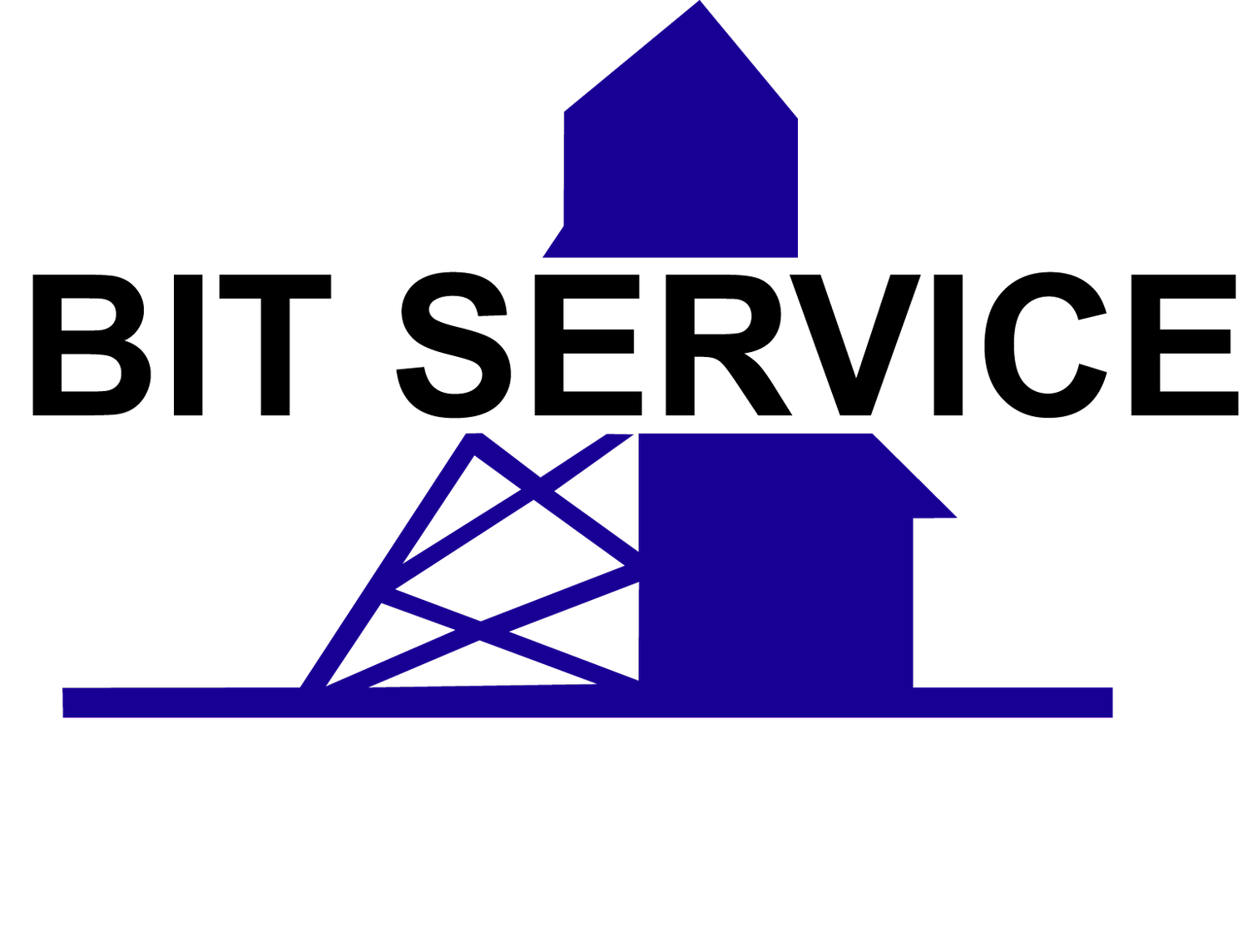POTASH BORING MACHINE TOOLING INSPECTION AND REPAIR
By: Scott Bahr
Let’s talk about potash. Many of you already know that when it comes to potash processing, the stakes are high. Not only does a potash processing facility use numerous pieces of costly equipment, but these tools of the trade are all vital to the continued daily operation of the facility itself—not to mention the product being produced.
Outfitting a state-of-the-art potash facility with the proper, quality equipment is no small investment, so you’ll want to protect this investment by extending the life of that equipment for as long as possible (while still operating at maximum efficiency). You also want to avoid the detrimental—and expensive—ramifications from any downtime resulting from equipment malfunctions or repair needs that may arise. For these reasons and more, regular potash equipment maintenance is a necessity.
So, what does proper potash equipment maintenance entail? The key to maintaining a topof-the-line potash processing operation is to incorporate only the appropriate kind of equipment. Only choose equipment that has been created and prepared to handle the unique needs and logistics of handling potash, such as anti-corrosion and rust-resistant elements.
But even after you select the proper equipment, you still need to ensure it’s being regularly inspected. Bit Service has been a main supplier, designer, and repair facility for cutting assembly tooling for the potash industry’s machines for many decades, so we are here to help and guide you.
Here are a few key areas to look for on your tooling plates (and also during periodic inspections), which will maximize their service life and repairability:
Proper torque and condition of mounting bolts: This action should be performed regularly to ensure the rigidity and safety of the tooling plates in the overall cutting assembly. We recommend extension tooling have a reduced inspection interval due to the added stress the plates are exposed to.
Block riser condition: The nature of underground mining exerts aggressive forces on the cutting assemblies, which is transmitted through the block’s risers to the rotors. Although the risers are designed and built to be robust, the repetitive and cyclic nature of the loading adds a fatigue element which, over time—if unchecked—can lead to a reduced service life, something you want to avoid.
Bit block wear and fatigue: Similar to the risers, the extended application of high forces by the bits to the blocks can lead to slight deformation and fatigue over time. This should be inspected regularly, especially during bit changes, and then scheduled for repair when required. Keeping these blocks in good working order extends the life of the cutting bits, which in turn helps to maintain uptime and optimum production levels.
At Bit Service, we consider it our job to help keep your operations up and running— smoothly, efficiently, and without a hitch. We are passionate about it, which is why we continue to bring you more information to help you stay at the top of your game. You can check out any of our helpful articles, including this one, which offers more insights into techniques for improved cutting performance. Reach out to us today to discuss any questions or concerns.
